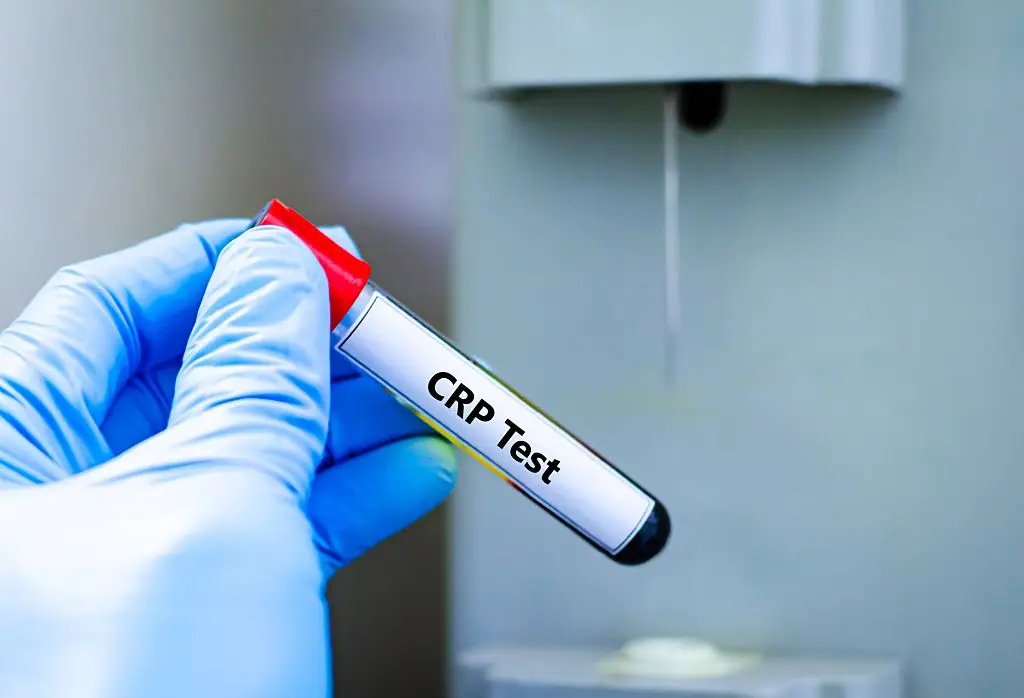12 Ways the Loneliness Hormone Fuels Inflammation and Disease
3. Gene expression shifts that tilt the body toward inflammation

Beyond hormones, social adversity changes how genes behave. Research into social stress responses shows that prolonged loneliness can alter the activity of certain genes — increasing expression of pro-inflammatory genes and reducing expression of genes involved in antiviral defense. This pattern, described in scientific summaries, means the body leans toward a chronic inflammatory profile at the molecular level. Those shifts don't rewrite DNA; they change which genes are switched on or off in response to the environment. For example, white blood cells from people experiencing chronic social stress show a pattern that supports inflammation. That biological environment raises baseline inflammatory signaling and can make infections more severe or recovery slower. Understanding this helps explain why loneliness shows up across many disease pathways: the same molecular tilt toward inflammation influences heart health, metabolic regulation, and brain aging. The key takeaway is that social connection and stress reduction aren't just "nice to have" — they produce measurable changes in gene activity that favor health when repeated over time. Real-world steps to reverse these patterns include building regular social routines and stress-management practices that reduce sustained threat signaling.
4. CRP and IL-6: The blood signals of inflammation

When clinicians measure systemic inflammation, CRP (C-reactive protein) and IL-6 (interleukin-6) are two commonly used markers. Multiple studies have found higher average levels of these markers in groups experiencing chronic loneliness or social isolation. Elevated CRP and IL-6 are not diseases themselves; they are signals that the body is in an activated immune state. Persistent elevation links with higher risk for heart disease, some cancers, and metabolic problems. The relationship works both ways: chronic stress and loneliness raise inflammatory markers, and sustained inflammation worsens health outcomes. Importantly, the presence of elevated CRP or IL-6 doesn't mean an immediate diagnosis; it identifies increased risk and a need for preventive steps. For readers, knowing these markers exist helps make the biological story concrete. If you or a clinician are concerned, routine blood tests can check CRP, and sometimes IL-6 is measured in research or specialty settings. When levels are higher than expected, teams often focus on doable lifestyle changes — improved sleep, gentle regular exercise, and social engagement — that reliably lower those same markers over time.
